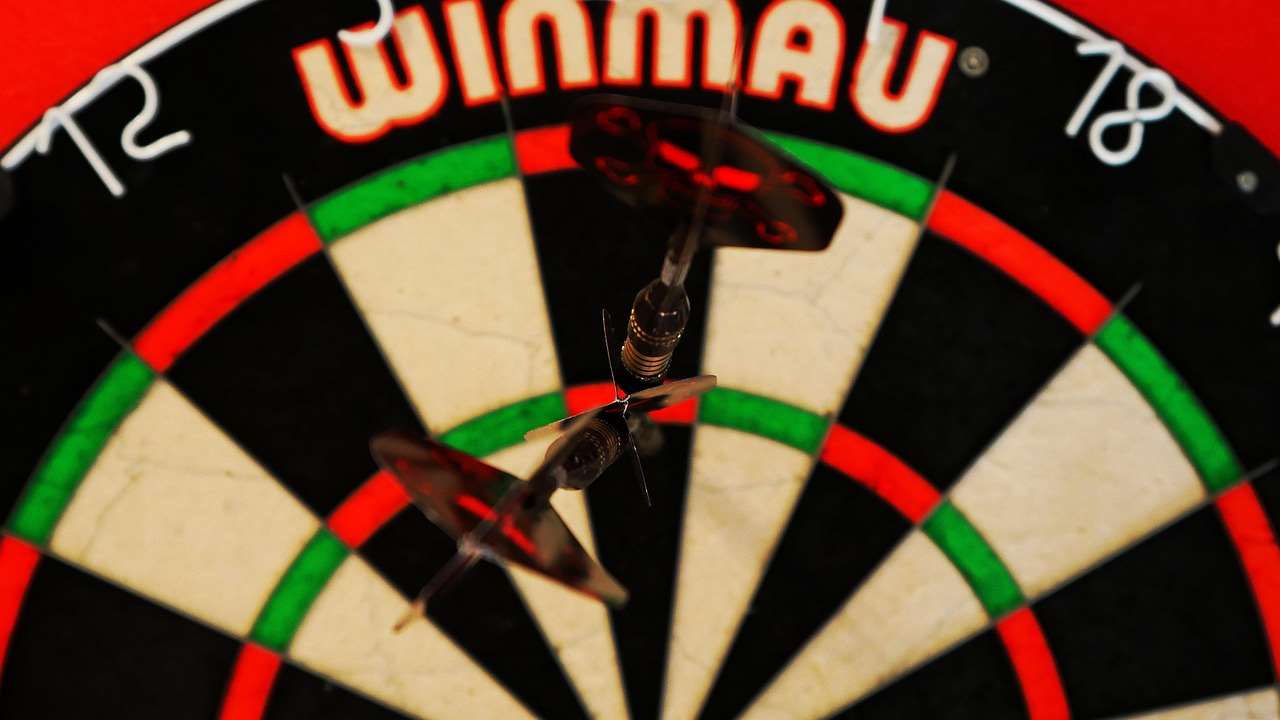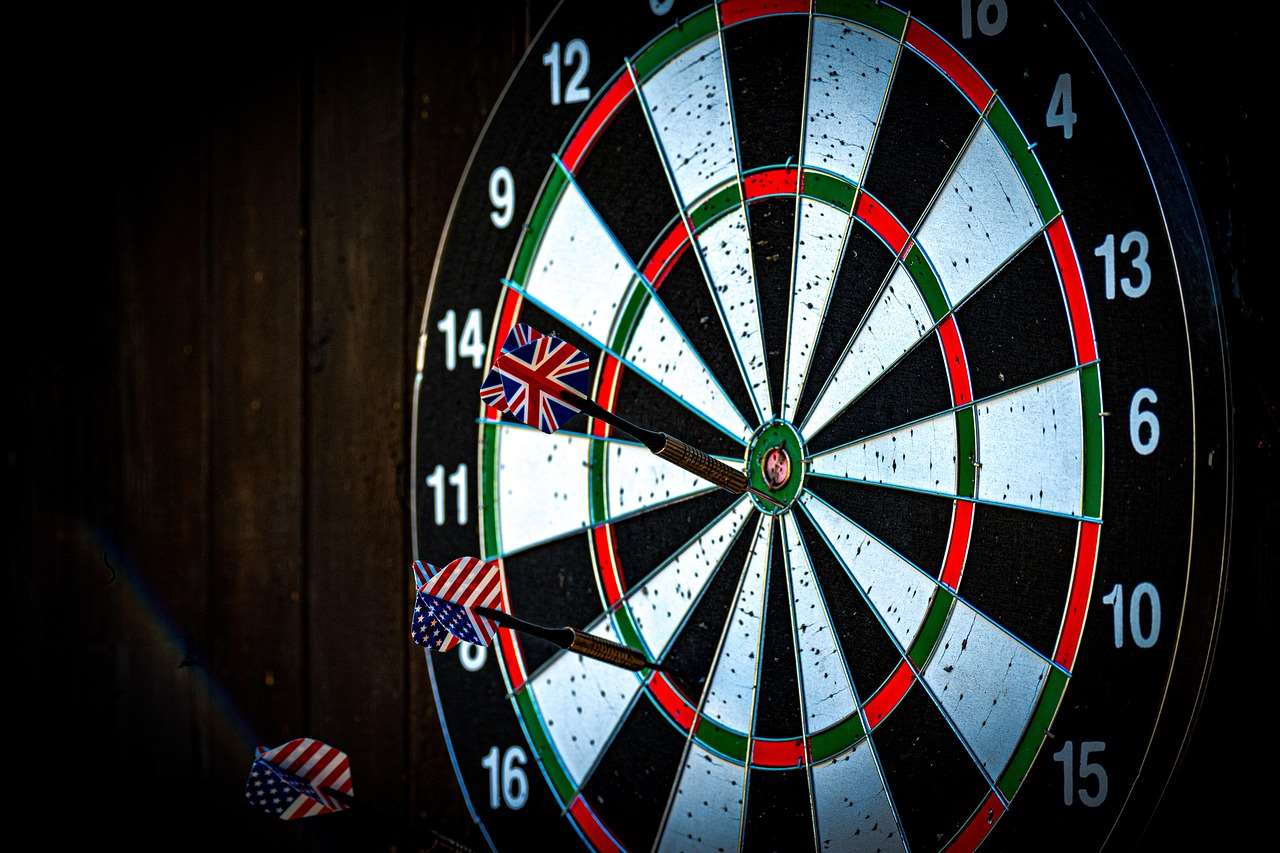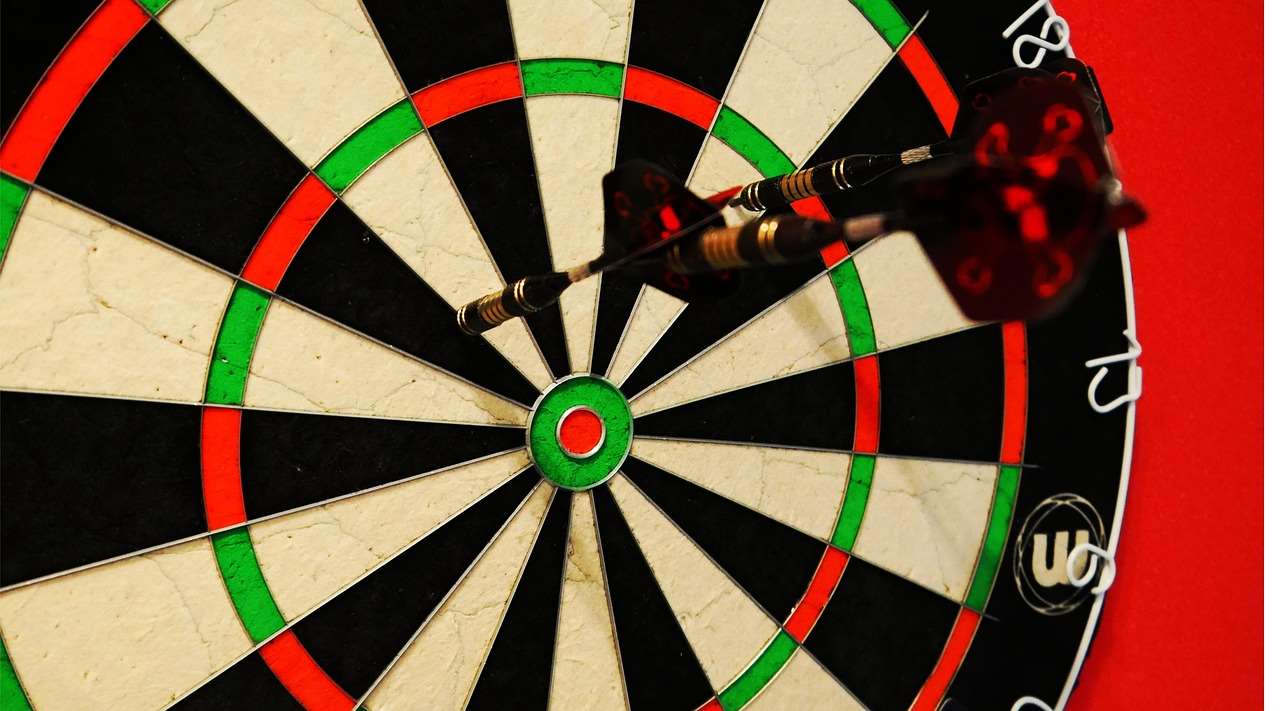Understanding darts leg scores is crucial for any player, whether you’re a seasoned professional or just starting out. This article will explain how darts leg scores are calculated, common scoring strategies, and tips to improve your game. We’ll also cover related aspects to help you elevate your darts game.
⚠️ Still Using Pen & Paper (or a Chalkboard)?! ⚠️
Step into the future! The Dart Counter App handles all the scoring, suggests checkouts, and tracks your stats automatically. It's easier than you think!
Try the Smart Dart Counter App FREE!Ready for an upgrade? Click above!
A crucial element of darts is understanding how to play legs. A leg in darts is a single game, with the first player to reach a predetermined score, usually 301 or 501, winning. This is also important for understanding darts leg scores; the final score achieved by the winner of a leg becomes important in many game formats. Getting familiar with different scoring methods will undoubtedly help you improve your game. Let’s delve into the intricacies of darts leg scores and strategies to maximize your points.
Understanding Darts Leg Scores: The Basics
The fundamental concept behind darts leg scores is simple: subtract the value of your throws from the starting score (typically 301 or 501). A player’s score is tracked throughout a leg. Players take turns throwing three darts, and their score is updated after each turn. The first player to reduce their score to exactly zero wins the leg. However, this simple premise hides a world of strategy and skill. Mastering darts leg scores calculation will dramatically increase your performance. A common mistake for beginners is to focus solely on getting the highest score possible with each throw rather than strategising for a finishing score.

Let’s say the starting score is 301. If a player hits a treble 20 (60 points), a double 10 (20 points), and a single 15 (15 points), their total score for that turn is 95 (60 + 20 + 15). This 95 points is then subtracted from their running total. The player must carefully manage their score, planning their throws to avoid going below zero (busting). A bust means the player loses their turn and their darts leg scores remain unchanged.
Calculating Darts Leg Scores: Examples
Here are a few examples illustrating how darts leg scores are calculated. Let’s assume a starting score of 501:
- Turn 1: Treble 20 (60), Double 10 (20), Single 5 (5) – Total: 85. Score remaining: 416
- Turn 2: Double 15 (30), Single 17 (17), Single 18 (18) – Total: 65. Score remaining: 351
- Turn 3: Treble 19 (57), Double 16 (32), Single 10 (10) – Total: 99. Score remaining: 252
This illustrates the dynamic nature of darts leg scores. Each turn presents a strategic challenge; carefully planning your shots to reach zero is key.
Strategies for Effective Darts Leg Scores
While understanding how to calculate darts leg scores is crucial, winning consistently requires strategic thinking. The best players don’t just throw; they plan their shots to maximize their points and set themselves up for a successful finish. Here’s a look at some effective strategies:
Checkout Strategies
A checkout refers to the final throws needed to reach zero. Experienced players will often have numerous checkout combinations memorized, allowing them to finish the leg even with a relatively low score. For example, a common checkout is 140. This can be achieved with a Treble 20 and a Double 20 (60 + 80 = 140). You may need to learn and practice various checkouts to improve your darts leg scores and increase your winning potential.

To effectively plan your checkouts, consider using a App to score darts to track your score and anticipate potential finishing moves. This will improve your understanding of darts leg scores in practical game scenarios.
Averaging Your Darts Leg Scores
Tracking your average score per turn is important to monitoring progress and identifying areas for improvement. Calculate your average by dividing your total score across several legs by the total number of darts thrown. This provides insights into your consistency and overall performance. By analyzing your average across numerous games, you can focus on optimizing your darts leg scores.
Avoiding Busts
Busting – going below zero – is a common pitfall for darts players. To avoid busts, always plan your shots carefully, considering the remaining score before throwing. If the risk of busting is too high, consider playing safer shots to maintain a consistent score, even if it means slower progress. This thoughtful approach is crucial for optimizing your darts leg scores.

Another aspect that affects darts leg scores is the quality of your equipment. Ensuring your darts, flights, and shafts are in good condition and appropriate to your throwing style can also make a significant difference in your scoring.
Advanced Strategies and Game Variations
Beyond the basics of calculating darts leg scores, there are more advanced strategies and game variations that impact scoring. Understanding these can greatly enhance your skill and competitiveness.
Cricket
Cricket is a popular variation where players aim to “close” numbers (15-20 and the bull) by hitting them a certain number of times. While the scoring in Cricket is different from the standard 301 or 501 games, it still involves careful shot selection and management of scores. Understanding how to play Cricket will broaden your understanding of different scoring systems.
Around the Clock
In this game format, players aim to hit each number (1-20) in ascending order, and the bullseye after that, before starting over again. This game requires skillful and consistent throwing and emphasizes shot accuracy more than the typical 301/501 games. Mastering this game will fine-tune your accuracy and give you a better grip on precise darts leg scores across various formats.

It’s worth considering the influence of various factors on your darts leg scores. From the quality of your equipment like dart shaft empfehlung to your mental game, many factors come into play. Practicing regularly, maintaining focus, and having the right mentality will invariably reflect in your scores.
Improving Your Darts Leg Scores: Tips and Tricks
Consistent practice is key to improving your darts leg scores. Here are some tips to help you enhance your game:
- Regular Practice: Dedicate time each week to practice throwing darts. Focus on accuracy and consistency.
- Analyze Your Game: After each practice session or game, review your throws. Identify areas for improvement and focus on those weaknesses.
- Checkout Practice: Practice different checkout combinations to increase your chances of finishing a leg with confidence. This is a crucial part of maximizing your darts leg scores.
- Mental Game: Focus on your mental game. Maintaining focus, managing pressure, and keeping a positive attitude will drastically enhance your performance.
Investing in quality darts like tommys darts and accessories will also make a difference. Using proper equipment will certainly lead to better results.

Remember to maintain the correct posture and throwing technique. Consistent practice, coupled with appropriate technique, will yield better results. You can also look for advice on setting up your dartboard; for example, search for information on dart oche wie hoch.
Conclusion
Mastering darts leg scores involves more than simply understanding how to calculate them. It requires a blend of strategic thinking, technical skill, and mental fortitude. By understanding the basics, learning various strategies, and practicing regularly, you can significantly improve your game and increase your chances of winning. Remember to focus on consistency, accuracy, and checkout practice for optimal darts leg scores. And don’t forget to utilize a App to score darts to aid your progress. Happy throwing!
Ready to take your game to the next level? Check out our guide on how to play legs in darts for even more strategies and tips!
Hi, I’m Dieter, and I created Dartcounter (Dartcounterapp.com). My motivation wasn’t being a darts expert – quite the opposite! When I first started playing, I loved the game but found keeping accurate scores and tracking stats difficult and distracting.
I figured I couldn’t be the only one struggling with this. So, I decided to build a solution: an easy-to-use application that everyone, no matter their experience level, could use to manage scoring effortlessly.
My goal for Dartcounter was simple: let the app handle the numbers – the scoring, the averages, the stats, even checkout suggestions – so players could focus purely on their throw and enjoying the game. It began as a way to solve my own beginner’s problem, and I’m thrilled it has grown into a helpful tool for the wider darts community.